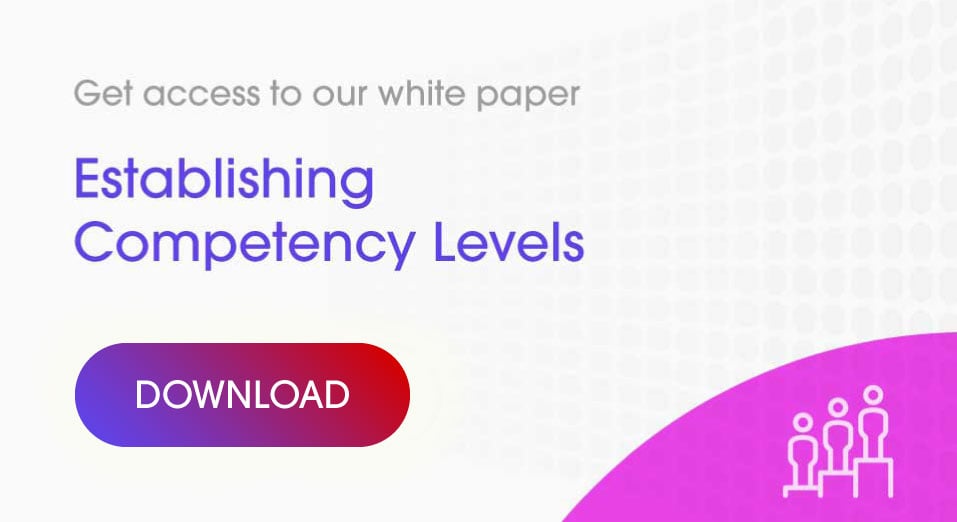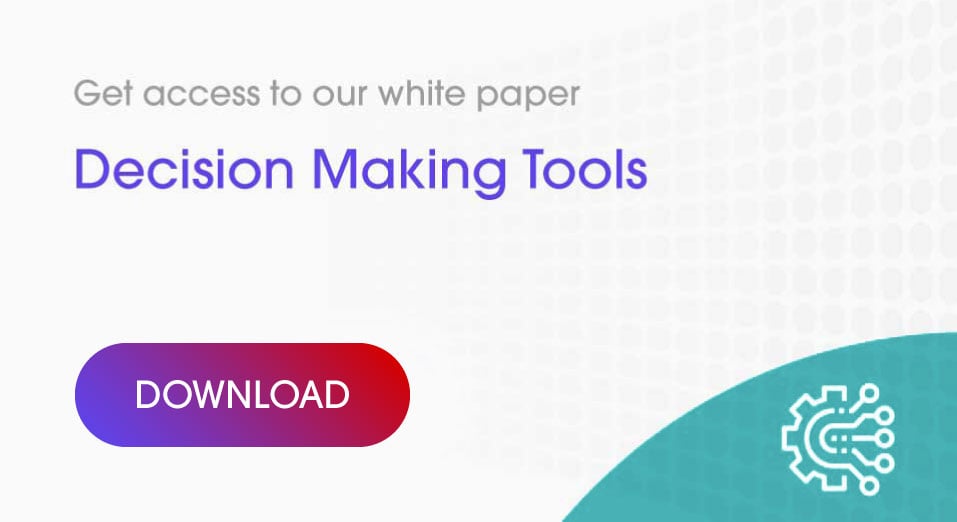Some readers may remember (or maybe remember their parents talking about those “good ol’ days”) when the doctor was a family friend or acquaintance of the family at the very least, and a regular figure in your family life. The doctor knew each of you, often from birth to marriage and your own children, and in some cases, to death. As our societies grew bigger, villages disappeared, people, became transient and the science became more specialized, the patient, or we, became less connected to one doctor, and we interacted with several. The treatment and emotional connections became less personal.
However, some things remain constant – we are talking about ‘people’, that is we are talking about ‘us’ and our families, and not a ‘concept’. It is real to each one of us and we have a vested interest in what this means to the organisations we work within.
Defining Patient-Centricity
- The patient is at the centre of the care-delivery model;
- The patient is at the centre of our pharma business model; and/or
- The patient is at the centre of their own health management.
According to the USA The National Academies of Sciences, Engineering, and Medicine patient-centric care is defined as “providing care that is respectful of and responsive to individual patient preferences, needs and values, ensuring that patient values guide all clinical decisions.”
The market demand for more of a patient centric approach pharma companies, means at the least, to provide access and affordability of medicines, patient access to information and the delivery of additional value such as support beyond the pill.
Patient engagement on the other hand, assumes a level of patient self-management. According to Danielle Siniscalchi Sr. Director Registry Solutions, at Liaisons 2017, to become a patient-centric healthcare provider, hospitals and physicians must balance the most appropriate clinical outcomes against a patient’s personal circumstances and life goals. This approach to improve the patient experience addresses factors in a patient’s life, such as finances, caregiver availability and personal ambitions. By evaluating clinical decisions with the patient’s personal perspective in mind, the provider can keep the patient’s quality of life at the center of their care and the decisions being made that affect such.
However, the patient being at the centre of everyone else’s spoked model seems somewhat arrogant and disempowering to ‘us’. Is the longer-term vision emerging that patient centricity is that ‘we’, are at the centre of our own health management system and all the other components are built around this principle?
Need for Accessibility to Data
In order to us to be engaged and at the centre of our own health management system, we need data. That is, access to our own health records and test results, and access to current life stats as they build. The emergence of health, diet and exercise apps along with information on health matters puts us in an informed, and rather risky position that not everyone might be willing to undertake.
We need to have this information in a user-friendly format and we need to have the skills and know-how on how to interpret it and use it wisely. This means it is not just data, tools and other resources. It is more than that. This is where pharma companies are developing value added services and it will continue to be a space of opportunity if done in a collaborative integrated way.
Need for Accessibility to Healthcare Professions [HCPs]
If we are armed with data and information, we just as importantly need access to healthcare professionals through multiple channels, so that we can ask questions, get further clarity and of course, get the appropriate levels of medical services we need. The risk is that if we are informed, but unqualified, we will make our own interpretations and assumptions, and this could lead in decisions that put our health management at risk.
A fundamental shift in the way our society provides healthcare services is going through a transformation. Two-way interactions are not always going to be face to face and not always with the ‘family’ doctor. This affects our business model.
I wonder what role AI will play in the diagnostic process early in the process?
It is clear, what ever that model looks like, it must be integrated and collaborative with the healthcare ecosystem, in order for it to be holistic and useful in a self-managed healthcare solution. Isolated solutions are already falling short of offering an efficient and effective alternative. How many healthcare apps, produced with good intentions of helping us track and record our health and help us manage our diseases, however, are now sitting in the digital graveyard? How many exercise or dietary apps do you have on your own phone that are now redundant? How can we do better?
Realigning Internal Measures
The five principles from The AIR in 2016 for patient-centered measurement are:
- Patient-driven: Patients’ goals, preferences, and priorities drive what is measured and how performance is assessed.
- Holistic: Measurement recognizes thatpatients are whole people and considers their circumstances, life and health histories, and experiences within and outside of the healthcare system.
- Transparent: Patients have access to the same data as other stakeholders and understand how data is used to inform decision-making around care practices and policies.
- Comprehensible and timely: Patients and other stakeholders get timely, easy-to-understand data to inform decision-making and quality improvement.
- Co-created: Patients are equal partners in measure development and have decision-making authority about how data is collected, reported, and used.
By aligning our internal measures to be patient-centric, the strategy and solutions we develop will be driven by patient insights aligned to our commercial goals.
Delivery of Care & Logistics
With today’s evolving regulatory environment, an increasingly globalized market, more complex health products, and an increased focus on the patient, pharmaceutical companies and medical device manufacturers are looking at their supply chain and logistics needs in a whole new way. Companies that focus on lowering costs, increasing speed and deploying agile capabilities in our new digital economy will set themselves apart. Patient focus agility will be a fundamental determinant of success.
An obvious option is a direct to patient delivery model to save millions and meet patient needs. This requires a total re-think of our business model, our logistics model and the type of business we even think we are in. This model requires a web-retail mind-set, which enables direct accessibility, timeliness, security of the medicines, and product quality protection. To enable direct-to-patient distribution, we will need a network of distribution and transportation facilities designed for these exact requirements.
One disruptor emerging is Amazon, who are experts in this logistics space. Can they leverage their capabilities in direct-to-patient delivery of medicines?
“Health care companies are in a transformational era, where they are focused on how they can positively influence the outcome and quality of care that patients receive,” says Paul Fanella, a principal in the advisory services practice of EY. “An important task of the supply chain today is to arm customers with facts.” All in all, the life sciences industry is shifting from volume to value. As a result, the supply chain is no longer simply about moving products or reducing costs, but also about delivering a higher level of care. [ HBR, 2017.]
---
If you are interested in our mobile learning solutions on digital channels, contact Actando.
The Actando Consulting Team


.png)



.jpg?t=1497452758473&width=850&name=Untitled%20design%20(34).jpg)
.jpg?t=1497452758473&width=850&name=Untitled%20design%20(32).jpg)





